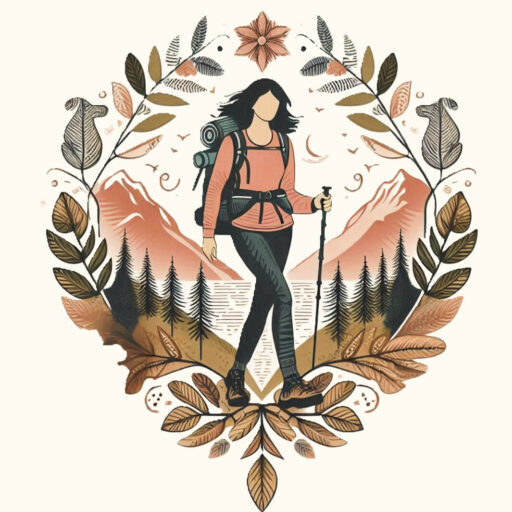Distance Hiking
Kicking off your hiking journey with short distances is a smart move. It’s not a race, and building endurance slowly helps you enjoy the experience more. Starting small lets you find your rhythm and understand what hiking’s about without overwhelming yourself.
Picking the right trail for beginners is kind of like choosing a movie for a good night—it sets the vibe. Look for trails that are easier, with manageable elevation and clear paths. These trails help you get a feel for hiking while letting you soak up the scenery and get comfy with the basics.
As you hike more, you’ll want to step it up little by little. Set small goals, like adding an extra mile each time or tackling a slightly steeper climb. Meeting these goals feels awesome and keeps you motivated to keep pushing further.
When it comes to gear, it’s all about what works best for you. Comfortable gear makes a huge difference, so focus on what feels right rather than what’s trendy. A lot of people jump for the latest hype, but sticking to tried-and-true comfort can save you a tough time on the trail.
Your shoes might be the most crucial gear decision you make. They need to protect and support your feet. Try on different pairs and test them before you hit the trail. Blisters and sore spots can really spoil a good hike, so take the time to find that perfect fit.
While getting the gear right is important, don’t go overboard. Carrying too much can weigh you down. Keep it simple and only bring what you truly need like water, snacks, and basic safety tools. Less is often more, especially when you’re hauling everything up a hill.
Prioritize Safety and Goals: Hydration and Mission-Setting on the Trail
Staying hydrated out there is a game changer. Your body needs that steady H2O flow, or you’ll end up feeling rough. Look out for signs of dehydration like dry mouth, dizziness, or headaches. Keeping these at bay can make the difference between an enjoyable hike and a struggle fest.
Figuring out how to carry enough water can feel like a puzzle, but it’s worth solving. Lightweight water bottles or hydration packs are popular choices because they’re easy to grab when thirsty strikes. Always make sure you’re packing enough for the trail and your needs.
Setting goals for your hikes can make adventuring even more satisfying. Whether it’s improving your pace or covering a certain distance, goals provide a sense of achievement. It’s all about that personal growth, one step at a time.
Pushing your limits is great, but keeping expectations real helps you avoid burnout. Make sure your goals are challenging yet achievable. If you push too hard, you might end up not enjoying the process, which quickly takes the fun out of hiking.
Sharing your experiences and listening to others’ stories can be super valuable. There’s so much to learn from fellow hikers, whether it’s new trails or practical tips. This community vibe makes the journey richer and often more fun.

Leave a Reply